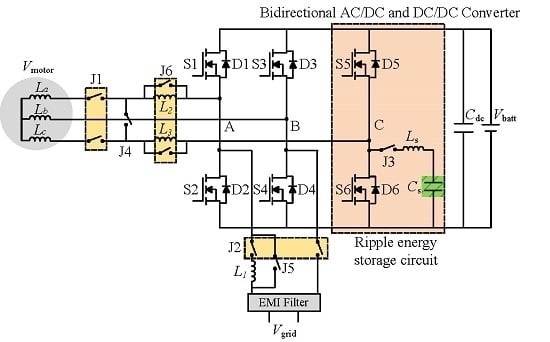In today’s rapidly evolving energy landscape, the demand for efficient power conversion technologies has never been higher. From renewable energy systems to electric vehicles and energy storage solutions, ensuring reliable and efficient energy flow is crucial. One of the most significant innovations in this field is the Bidirectional AC to DC Converter, which plays a vital role in improving overall energy efficiency, reducing power losses, and enabling smarter grid integration.
What Is a Bidirectional AC to DC Converter?
A bidirectional AC to DC converter is an advanced power electronic device designed to manage energy flow in both directions. Unlike traditional converters that only transfer power one way—from alternating current (AC) to direct current (DC)—a bidirectional converter allows for two-way energy exchange. This feature makes it ideal for applications where energy must flow seamlessly between the grid, energy storage systems, and end-use devices.
Modern energy infrastructure, such as battery storage systems and electric vehicle charging stations, requires this bidirectional functionality. It ensures that energy can be drawn from the grid when demand is high and sent back when there is excess supply, thereby stabilizing power usage and improving energy utilization. To explore advanced solutions in this domain, you can check technologies like the Bidirectional AC to DC Converter, which highlight how efficient energy management is transforming modern applications.
Enhancing Renewable Energy Integration
Renewable energy sources, such as solar and wind, are inherently variable. A sunny afternoon may generate surplus power, while cloudy days and calm winds can reduce production. Bidirectional converters bridge this gap by connecting renewable sources with battery storage systems. During peak generation, excess energy is stored in batteries. Later, when production decreases or demand rises, the stored energy can be fed back to the grid or used directly.
This capability not only reduces energy waste but also supports grid stability, ensuring a more reliable and sustainable power supply.
Benefits for Electric Vehicle Charging
Electric vehicle (EV) adoption is growing rapidly, and with it comes the need for smarter charging infrastructure. Traditional charging systems only allow energy to flow from the grid to the vehicle. However, bidirectional converters introduce Vehicle-to-Grid (V2G) technology, enabling energy stored in EV batteries to be fed back into the grid when required.
This creates a dynamic ecosystem where EVs not only consume energy but also contribute to balancing demand during peak load times. For drivers, this means potential cost savings and incentives, while for the grid, it enhances resilience and reduces the need for additional power plants.
Improving Energy Storage Systems
Energy storage is central to modern energy efficiency strategies. Bidirectional converters maximize the effectiveness of storage systems by allowing them to charge during periods of low demand and discharge when demand is high. This time-shifting capability optimizes energy usage and reduces reliance on expensive peak power generation.
Additionally, storage systems equipped with bidirectional converters can serve as backup power during outages, ensuring continuous supply for critical applications like hospitals, data centers, and residential systems.
Supporting Smarter Grids and Microgrids
The transition toward decentralized power generation and microgrids requires intelligent control of energy flow. Bidirectional AC to DC converters act as the backbone of these systems by enabling real-time energy balancing. They allow distributed energy resources (DERs) such as solar panels, wind turbines, and storage batteries to interact efficiently with the main grid.
This supports the creation of smarter, self-sufficient microgrids that reduce transmission losses, improve reliability, and provide energy independence for communities and businesses.
Reducing Energy Losses and Operating Costs
Traditional one-way converters often lead to energy losses during conversion, affecting overall efficiency. By design, bidirectional converters use advanced semiconductor technologies and control systems to minimize these losses. The result is higher efficiency, which translates into reduced energy waste, lower operational costs, and extended system life.
For businesses and industries, this improved efficiency can lead to significant cost savings over time, especially when scaled across large installations.
Conclusion
The shift toward sustainable and efficient energy solutions requires advanced technologies that can manage energy flow intelligently. A Bidirectional AC to DC Converter is more than just a technological upgrade—it is a critical component in achieving higher energy efficiency, enabling renewable energy integration, supporting electric vehicle infrastructure, and creating smarter grids.
As industries and governments worldwide aim to reduce carbon emissions and improve energy utilization, the adoption of bidirectional converters will continue to grow. By enabling seamless two-way power flow, these devices are reshaping how energy is stored, consumed, and shared—paving the way for a more efficient and sustainable future.








